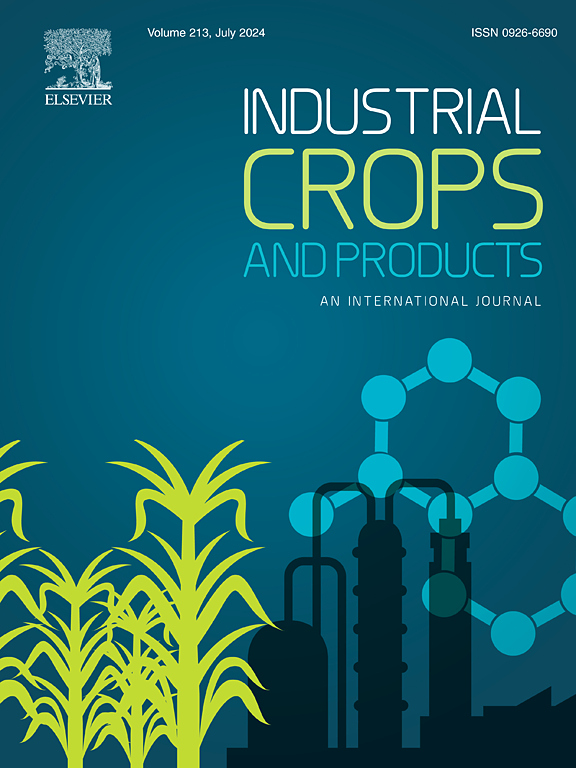Plant biomass-derived nanomaterials for biosensing and bioimaging applications
IF 5.6
1区 农林科学
Q1 AGRICULTURAL ENGINEERING
引用次数: 0
Abstract
Nanotechnology has revolutionized the biomedical frontier by offering innovative diagnostic and therapeutic solutions to existing or emerging diseases. However, the physicochemical synthesis of nanostructures demands an eco-friendly, cost-effective, and sustainable way of nanomaterial synthesis. Plant biomass-derived nanomaterials are more biocompatible, eco-friendly and promote sustainability as these harness the natural capabilities of plants to act as reducing and stabilizing agents.
This review prospects different plant biomass-based nanomaterials synthesized utilizing plant-derived precursors to minimize environmental impact. In biosensing, these nanostructures have proven their value and exhibited high performance equivalent to the physiochemically synthesized nanomaterials for health and environmental monitoring. Their crucial role in therapeutic applications and diverse bioimaging modalities like fluorescence, magnetic resonance, photoacoustic, and computed tomography have further endorsed their potential. Integration into theragnostics and multimodal imaging reveals fresh avenues for personalized medicine. This review provides a comprehensive summary of recent advancements of plant-derived nanomaterials for diagnostics and therapeutics. It also discusses the associated challenges of scalability, reproducibility, and stability that acts as a propelling force to conduct further research and unlock the full potential of these nanomaterials.

用于生物传感和生物成像应用的植物生物质衍生纳米材料
纳米技术通过为现有或新出现的疾病提供创新的诊断和治疗解决方案,彻底改变了生物医学前沿。然而,纳米结构的物理化学合成需要一种环保、经济、可持续的纳米材料合成方法。植物生物质衍生的纳米材料具有更强的生物相容性、生态友好性和可持续性,因为它们利用植物的自然能力作为还原剂和稳定剂。本文综述了利用植物源性前体合成的不同植物生物质基纳米材料,以减少对环境的影响。在生物传感领域,这些纳米结构已经证明了它们的价值,并表现出与用于健康和环境监测的物理化学合成纳米材料相当的高性能。它们在治疗应用和各种生物成像方式(如荧光、磁共振、光声和计算机断层扫描)中的关键作用进一步证实了它们的潜力。整合到诊断学和多模式成像揭示了个性化医疗的新途径。本文综述了近年来植物源性纳米材料在诊断和治疗方面的研究进展。它还讨论了可扩展性、可重复性和稳定性方面的相关挑战,这些挑战是进行进一步研究和释放这些纳米材料全部潜力的推动力。
本文章由计算机程序翻译,如有差异,请以英文原文为准。
求助全文
约1分钟内获得全文
求助全文
来源期刊

Industrial Crops and Products
农林科学-农业工程
CiteScore
9.50
自引率
8.50%
发文量
1518
审稿时长
43 days
期刊介绍:
Industrial Crops and Products is an International Journal publishing academic and industrial research on industrial (defined as non-food/non-feed) crops and products. Papers concern both crop-oriented and bio-based materials from crops-oriented research, and should be of interest to an international audience, hypothesis driven, and where comparisons are made statistics performed.
 求助内容:
求助内容: 应助结果提醒方式:
应助结果提醒方式:


